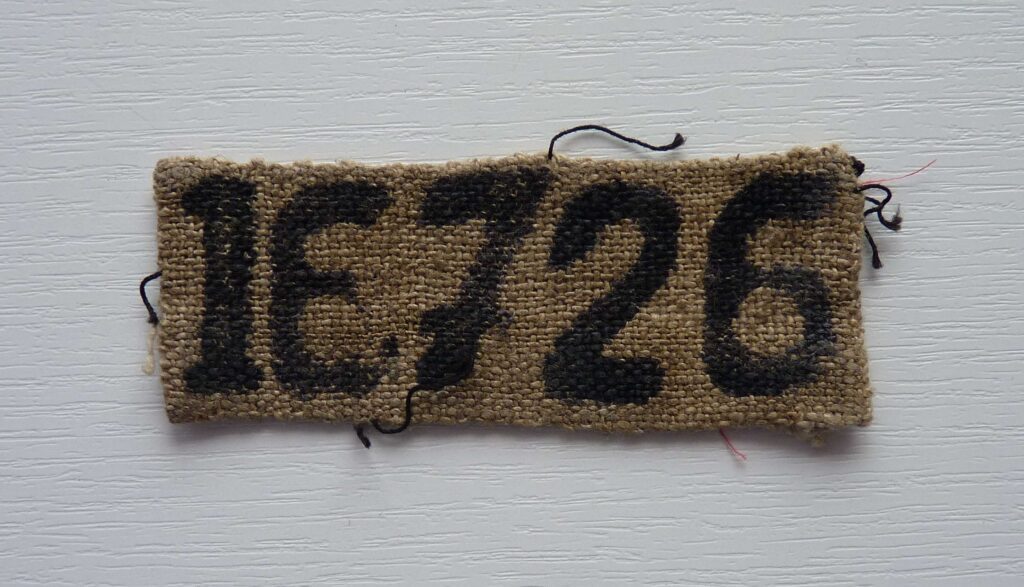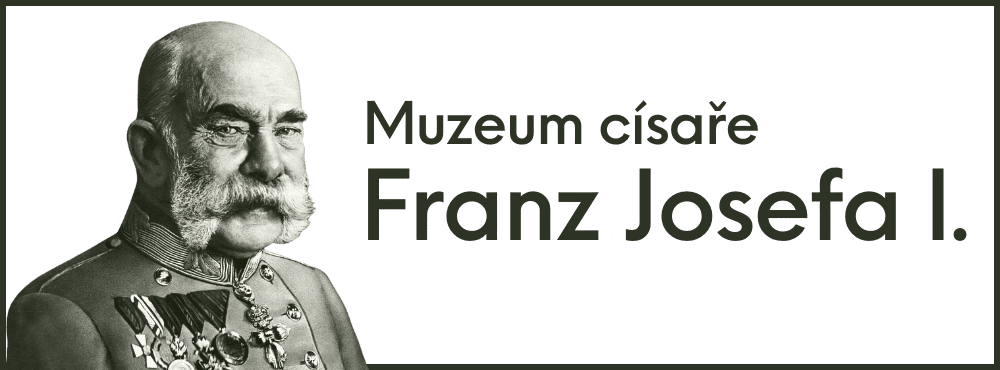Concentration camps, prisons, RAD and others... World War II
The displayed correspondence is for collecting purposes - as a comparison material of envelopes, stamps and forms. If someone is touched by the fact that letters from their relatives or acquaintances are displayed here.... we apologize in advance. The materials were displayed in good faith and without potential profit. However, if this situation also occurs - please be patient. Correspondence is viewed by hundreds of collectors, who use these materials to study and enrich their knowledge about the functioning of military mail, etc. Another aspect is that the item stored in this way is archived forever and cannot be lost in the abyss of history.
Several extraordinary sets of correspondence with unique details are represented in the collection.
Much of the correspondence is very dramatic and terrifying in its content - pointing to the terror of the time and the helplessness of its victims. Therefore, let us never forget these times and pay a momentary honor and sympathy years later to the victims of the concentration camps.
One unit also belongs to our intelligentsia, which was taken hostage (without doing anything against the regime). They could only write home after a while...I'M ALIVE...with a handwritten signature.
Another extraordinary unit is from the prison WALDHEIM in SACHSEN. A prison unknown on the Czech philatelic market. The preservation of the accompanying card on the conditions for writing letters is also extraordinary. version in Czech and German.
Dachau
Dachau is one of the first concentration camps established after Hitler seized power. It was established in 1933 sz. from Munich. It was intended to concentrate communists, social democrats and other anti-fascists. It was located in an inhospitable swampy landscape, full of bogs and marshes. The goal of the Dachau prisoners was to cultivate this region, to build parks and ornamental flower plantations on it, to build a complex of factories and workshops. On the entrance gate of the camp was written the slogan that was written on the gates of all the concentration camps: "Arbeit macht frei".
Dachau was the first and at the same time a model camp. The management system of the camp, its regime and the way prisoners were treated were supposed to be tested here.
Dachau was also notorious for its pseudo-scientific experiments, during which many prisoners perished. The malaria research station was widely known. Up to 2,000 prisoners were infected in the station.
Experiments in which prisoners were immersed in ice water also became widely known in the camp. A cable thermometer was inserted into their anus. Their blood sugar, nitrogen, calcium and other substances were measured while lowering their body temperature. The experiment usually ended with the death of the prisoner. Experiments were also conducted on the effect of high and low pressure and lack of oxygen on the human organism. Doctors had closed bells for these experiments. Each time 5-15 young prisoners were locked in chambers, where there were changes in air pressure. As a result of the experiments, embolisms, collapses, heart attacks, spewing blood, nervous disorders, strokes, etc. occurred in them.
A research station for phlegmon (purulent inflammation of the subcutaneous tissue) was also established. Liquid pus was extracted from sick prisoners with a syringe and injected into the muscles, veins and under the skin of healthy prisoners. Mostly everyone got poisoned.
In the years 1939-1945, 3,600 Czechoslovaks were deported to Dachau, of which 1,399 were proven to have perished there.
On April 29, 1945, the Dachau concentration camp was liberated by the American army. The concentration camp was free, but in the following weeks dozens of prisoners died every day as the smallpox epidemic began to rage there.
Ravensbrück
Ravensbrück concentration camp was located about 90 kilometers north of Berlin. From the very beginning, Ravensbrück was intended exclusively for women. The number of prisoners in the concentration camp was constantly increasing. At the end of 1942, there were almost 11 thousand women in the camp. In 1944, another 70,000 women prisoners came to the camp. These women were transferred to work in subsidiary commandos belonging to the tribal From the summer of 1942, medical experiments were carried out in Ravensbrück, including sulfonamides to treat festering wounds and the forced sterilization of young girls. Women in Ravensbrück were murdered by shooting in the back of the head or killed by phenol injections. At the beginning of 1945, a gas chamber was also built here.
Of the total of 132,000 women and children who passed through Ravensbrücke, 92,000 victims perished.
Flossenbürg
The Flossenbürg camp was opened in early May 1938 and its first prisoners were brought from Dachau. The choice of a place near the Czechoslovak border was not accidental - the German leadership and army were already planning the destruction of Czechoslovakia at this time. Flossenbürg was one of the camps whose goal was to make maximum use of the slave power of the prisoners for the benefit of the war armament of Nazi Germany.
Although the number of prisoners was originally planned for 1,600, in 1945 up to 15,000 prisoners were crammed into it in terrible conditions. The first prisoners of the camp were among the so-called "criminals". Initially, most of the prisoners worked in granite quarries - many Nazi monumental buildings were built from the stone mined by them, e.g. the so-called Reichsparteitagsgelände (area for the meeting of the NSDAP Reich Congress) in Nuremberg. The prisoners worked in inhumane conditions, without sufficient food. Already from the summer of 1944, the Flossenbürg camp became the target of so-called evacuation transports, death marches from camps closed due to the advance of the Allied military forces. From April 17, 1945, the first death march was dispatched from Flossenbürg to Dachau. On April 23, 1945, the camp was liberated by American soldiers.
Mathausen
It was founded in 1938, as the first camp outside Germany's own territory. It is located near the city of Linc. The choice of this location was determined by the presence of granite and quarries. The camp was classified in III. degree - for "incorrigible", which meant very difficult conditions for the prisoners. Prisoners were used as cheap labor, initially in the mining of granite and stone, later they were deployed in war production.
Identifikační číslo vězně- Karel Nejdl , Klatovy


